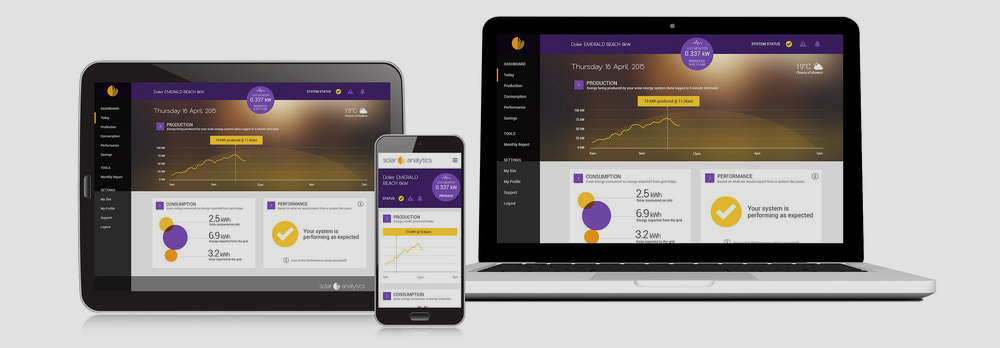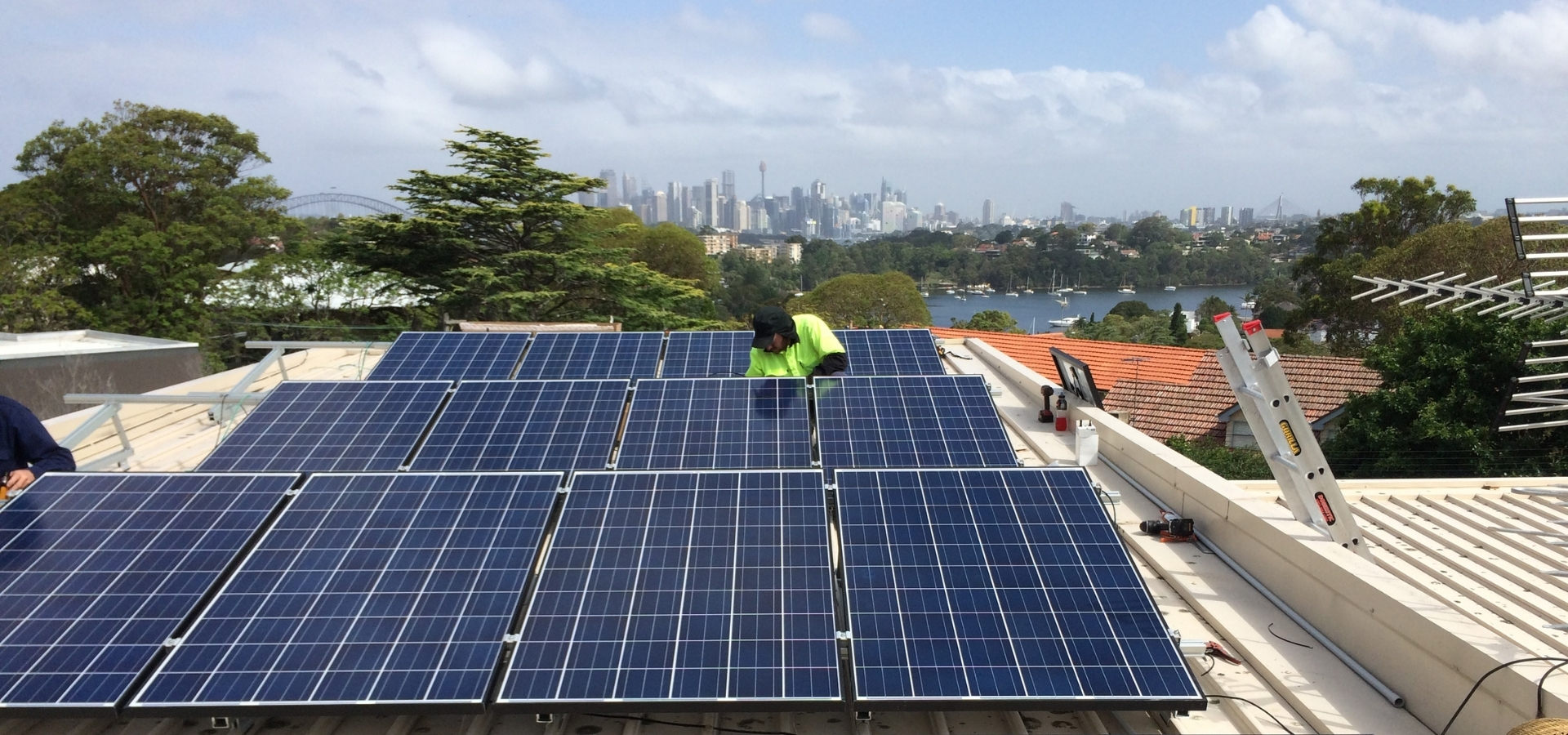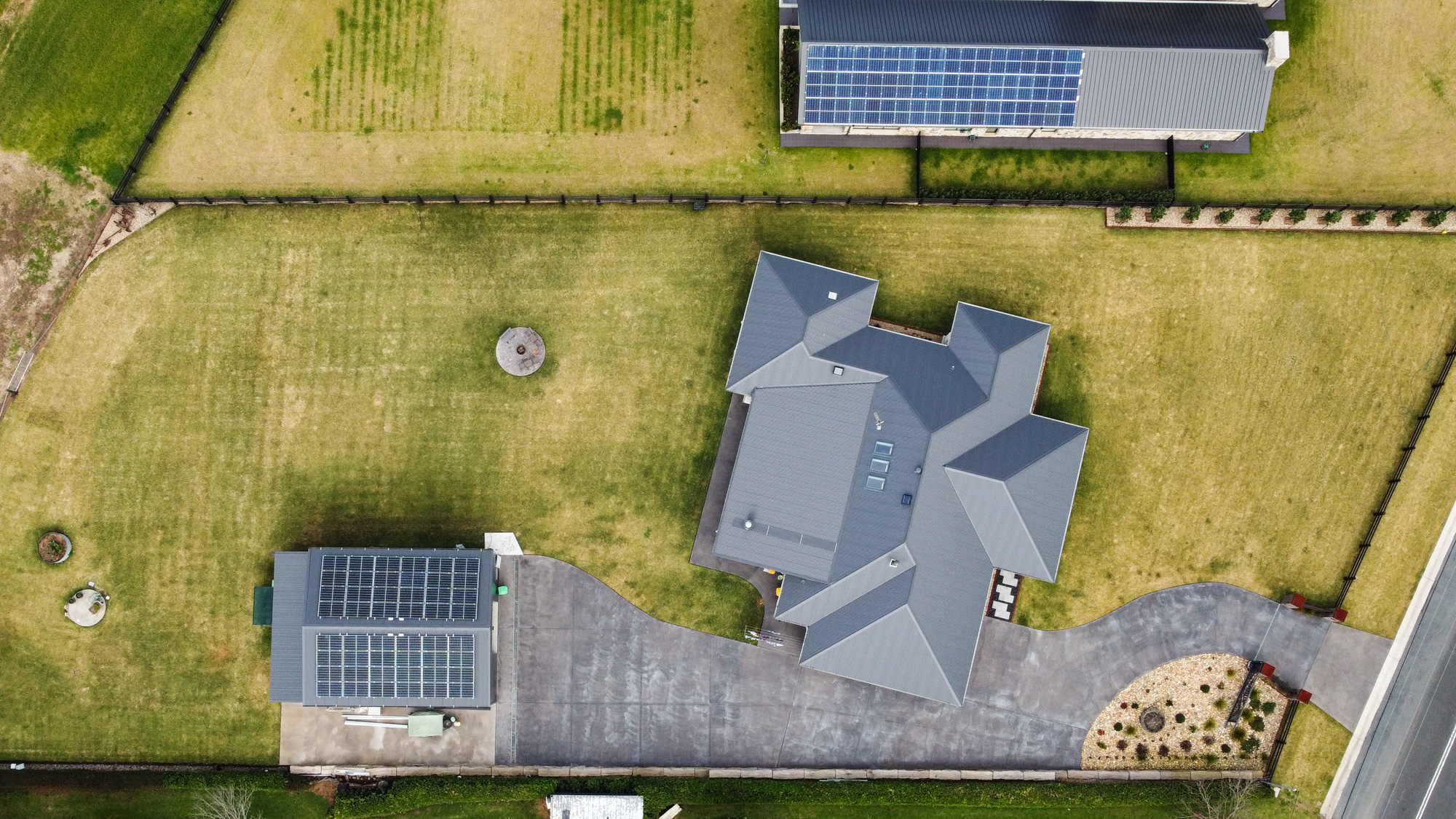Owning a solar system without good monitoring software is kind of like driving a car with no gauges.
You can do it, but you really don’t know what’s going on and have no way of knowing if everything is working the way it should be. We don’t recommend it!
It’s also vital to remember that the primary driver for solar is to save money and good monitoring software can be like a turbo for your solar system savings.
Before we dive into the types of solar monitoring software and their pros and cons, it’s important to understand what you need to measure.
To ensure your solar system is generating the right amount of energy you’ll need to measure the solar output. To know how much energy you are buying, selling, or self-consuming you’ll need to measure your consumption. To know how much individual things are using (e.g. hot water, pool pumps and so on) you’ll need to measure sub circuits.
What are the options?
Solar monitoring software can be broadly described in three categories – basic, inverter and advanced. We also want you to consider which of the two types of software users you are – are your deeply engaged in your energy journey and need lots of information or, are you hands off and just want to be told when something goes wrong?
Basic solar monitoring usually consists of a very simple and cheap measurement device and sometimes a small digital display. Typically, they aren’t particularly accurate, reliable or helpful and their software is universally rudimentary.
We don’t recommend them because our experience is they are unreliable and not helpful.
Inverter monitoring is the next step up. Almost all solar inverters can be connected to Wi-Fi and have an internal device to measure solar production levels. The majority also offer optional consumption meters and have software solutions to visualise what’s going on.
This type of solution is a great step up and in some (not all) cases the inverter hardware and software are well developed and clever. Most of the software tends to be pretty technical and is focused on showing you what’s going on in real time.
SolarEdge, Fronius and Enphase have developed really nice dashboards and also have the ability to measure batteries and do some basic economic analysis.
Advanced monitoring is a whole other world. In Australia we are lucky because we have Solar Analytics, a Sydney based company whose sole purpose in life is making advanced solar monitoring software. It stands to reason therefore that it’s a long way ahead of virtually all other monitoring software and perhaps most crucially is savings focused.
Solar Analytics
Solar Analytics can collect data from a variety of devices depending on what you want to measure and is the only company with solutions for measuring individual circuits. The magic happens in their user-friendly dashboard and many patented algorithms which is what makes it so valuable.
One of their features for example is called Plan Optimiser. Did you know that the average solar owner could save $400 more, just by being with the right retailer and on the right tariff plan? Stop paying the loyalty tax!
Plan Optimiser automatically calculates how much you could save by switching with the click of a button and you can keep checking over time as things change. With energy rates going through the roof, there’s never been a better time for automated, unbiased switching advice.
Sitting around Plan Optimiser is a suite of functions and tools that allow you to see your savings (and payback), adjust your rate plans and predict coming bills. Rather than being a technical nerd fest it’s focused on what you want – savings! And more of them.
One of the other features we love is called True Performance. Basic and Inverter monitoring software will only show you what you generated. Solar Analytics will also show you what you should have generated, allowing you to catch small problems before your savings are lost.
By using real weather data, True Performance can detect underperformance – perhaps from a faulty string isolator or rodent damage to cabling or even dirt build up on your solar panels. It intelligently lets you know when to investigate, and when to relax.
Lastly, as we mentioned there are two types of users – deeply engaged and hands off
This is another area where Solar Analytics shines. For the hands-off user, they include automated alerts for you and the installer only when major things go wrong or something needs investigation.
For the deeply engaged, you’ll find 5 Second Live data, a Battery Calculator, Shade Detection algorithms, export limiting adjustment, My Energy Bill, historical data downloads and can analyse almost everything that you can think of to get more from your solar.
For many, inverter monitoring software is adequate. If you want to increase your savings potential and get an advanced level of automation then we recommend Solar Analytics.



